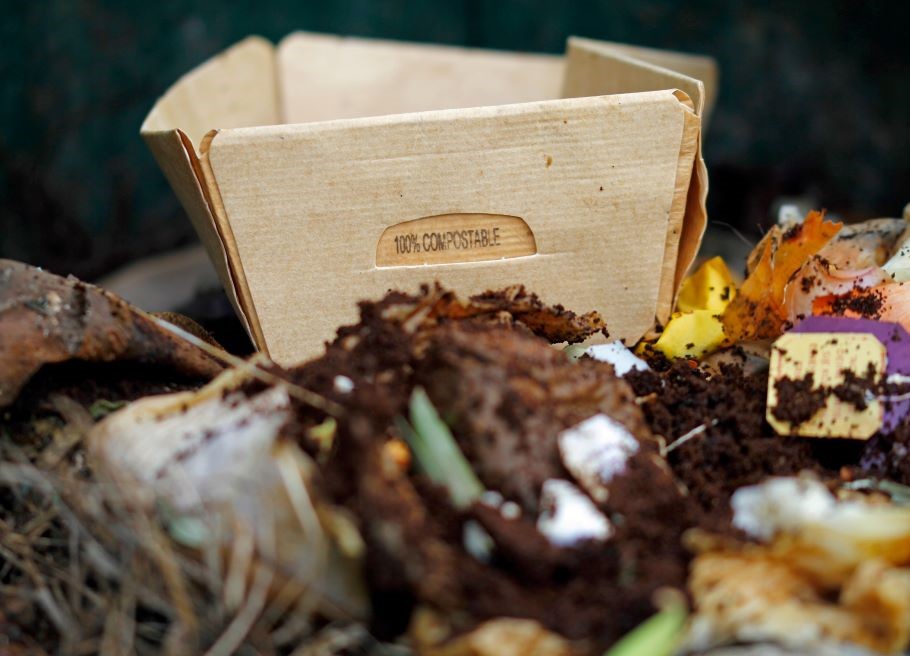The Silent Invader: Uncovering H. pylori and Its Harmful Risks, Including Foodborne Illness
By Tina Brillinger
Helicobacter pylori (H. pylori) is a gram-negative bacterium that plays a pivotal role in several gastrointestinal disorders – notably peptic ulcers, and gastritis – and it’s considered a significant risk factor for gastric cancer. It is estimated that over half of the world’s population carries H. pylori, yet many individuals are asymptomatic. The prevalence can vary significantly depending on geographic location, socioeconomic status, and other factors relevant to food.
This article aims to explore the implications of H. pylori in food safety, its transmission routes, and preventive measures that can be taken to minimize risks associated with this little-known bacterium.
Characteristics of H. Pylori and Pathogenicity
H. pylori is capable of surviving in the harsh acidic environment of the stomach. Its spiral shape and flagella help it to navigate through the gastric mucus and adhere to the gastric epithelium.
While H. pylori is primarily transmitted through person-to-person contact, food safety concerns arise from potential sources of contamination in water, fruits, and vegetables.
The bacterium is known for triggering an inflammatory response, leading to chronic gastritis, and is a significant risk factor for gastric cancer and mucosa-associated lymphoid tissue (MALT) lymphoma.
Transmission Routes
H. pylori transmission is not fully understood; however, it is believed to occur via:
- Oral Route: Contact with saliva can transmit the bacterium. Evidence suggests that people can become infected through kissing or sharing utensils.
- Fecal Route: Ingesting food or water contaminated with H. pylori can lead to infection, particularly in areas with inadequate sanitation.
- Environmental Reservoirs: The presence of H. pylori in domestic animals and its ability to survive in various environments can also contribute to its spread.
Potential Sources of Contamination
While H. pylori is primarily associated with human hosts, food safety concerns arise when considering potential sources of contamination, including drinking water without proper treatment. Salads, fruits and vegetables may also become contaminated during farming, handling or preparation, especially when raw and cooked foods are prepared together.
How H. Pylori is Diagnosed
There are several methods to detect H. Pylori each with different degrees of accuracy. While many people infected are asymptomatic, symptoms to look out for are abdominal pain or discomfort when the stomach is empty, nausea and vomiting, loss of appetite, burping, unexplained weight loss, signs of peptic ulcers. Several diagnostic tests can determine the presence of H. pylori: Urea Breath Test (UBT), Stool Antigen Test to determine the presence of H.pylori antigens indicating an active infection. Endoscopy with Biopsy which examines the stomach lining. Blood tests are used to measure antibodies to H pylori. Antibodies are proteins made by the body’s immune system when it detects harmful substances such as bacteria. Blood tests for H pylori can only tell if your body has H pylori antibodies. It cannot tell if you have a current infection or how long you have had it.
Food Safety Practices to Mitigate Risk
To mitigate the risk of H. pylori transmission through food, implementing robust food safety practices are crucial to the process. Here are some key strategies:
- Water Supply: Ensure access to clean and treated water. Use bottled water or filtered water in areas where the safety of the water supply is in doubt.
- Hand Hygiene: Practicing good hand hygiene, especially after using the bathroom and before handling food, reduces the risk of fecal-oral transmission.
- Food Preparation: Wash fruits and vegetables thoroughly under clean running water. Cook meat and poultry to safe internal temperatures to kill potential pathogens.
- Cross-Contamination Prevention: Use separate cutting boards and utensils for raw meats and ready-to-eat foods. It’s important to keep raw foods separate from cooked foods in storage.
- Food Storage: Store food at appropriate temperatures to inhibit bacterial growth. Refrigerate perishable items promptly.
While H. pylori is primarily transmitted through direct person-to-person contact and fecal-oral routes, the nuances of food safety cannot be overlooked. Safe food handling, hygiene practices, and proper water sanitation play a vital role in minimizing the risk of H. pylori infections. As scientific understanding of this bacterium continues to evolve, public health initiatives focused on education and prevention can help reduce the burden of H. pylori-related diseases, fostering safer food environments and healthier populations.
By adhering to established food safety guidelines and promoting awareness about H. pylori, individuals and communities can significantly mitigate risks associated with this prevalent and harmful bacterium.
About the Author:
Tina Brillinger is the President and CEO of Global Food Safety Resource (GFSR), a world-leading education and training hub providing food companies with valuable resources to enhance their credibility with consumers. GFSR provides food professionals with insight and knowledge gleaned from the world’s leading subject matter experts on food safety, sharing their best practices for food safety compliance through articles and training.

-
 FeaturedRisk management
The Cost of a Breach: What a Cyberattack Could Mean for Food Safety Recalls
FeaturedRisk management
The Cost of a Breach: What a Cyberattack Could Mean for Food Safety Recalls
-
 FeaturedRisk management
Securing the Food Chain: How ISO/IEC 27001 Strengthens Cybersecurity
FeaturedRisk management
Securing the Food Chain: How ISO/IEC 27001 Strengthens Cybersecurity
-
 FeaturedRisk management
Revolutionizing Food Safety Training: Breaking Out of the “Check-the-Box” Mentality
FeaturedRisk management
Revolutionizing Food Safety Training: Breaking Out of the “Check-the-Box” Mentality
-
 GFSI Standards
GFSI 2025: Building Trust, Tech-Forward Solutions, and Global Unity in Food Safety
GFSI Standards
GFSI 2025: Building Trust, Tech-Forward Solutions, and Global Unity in Food Safety
-
 FeaturedFood Safety
Integrated Pest Management: Strategies to Protect Your Brand’s Reputation
FeaturedFood Safety
Integrated Pest Management: Strategies to Protect Your Brand’s Reputation
-
 FeaturedFood Safety Culture & Training
No Open Door Policy: Challenges That Impact Pest Control in Food Processing Plants
FeaturedFood Safety Culture & Training
No Open Door Policy: Challenges That Impact Pest Control in Food Processing Plants



